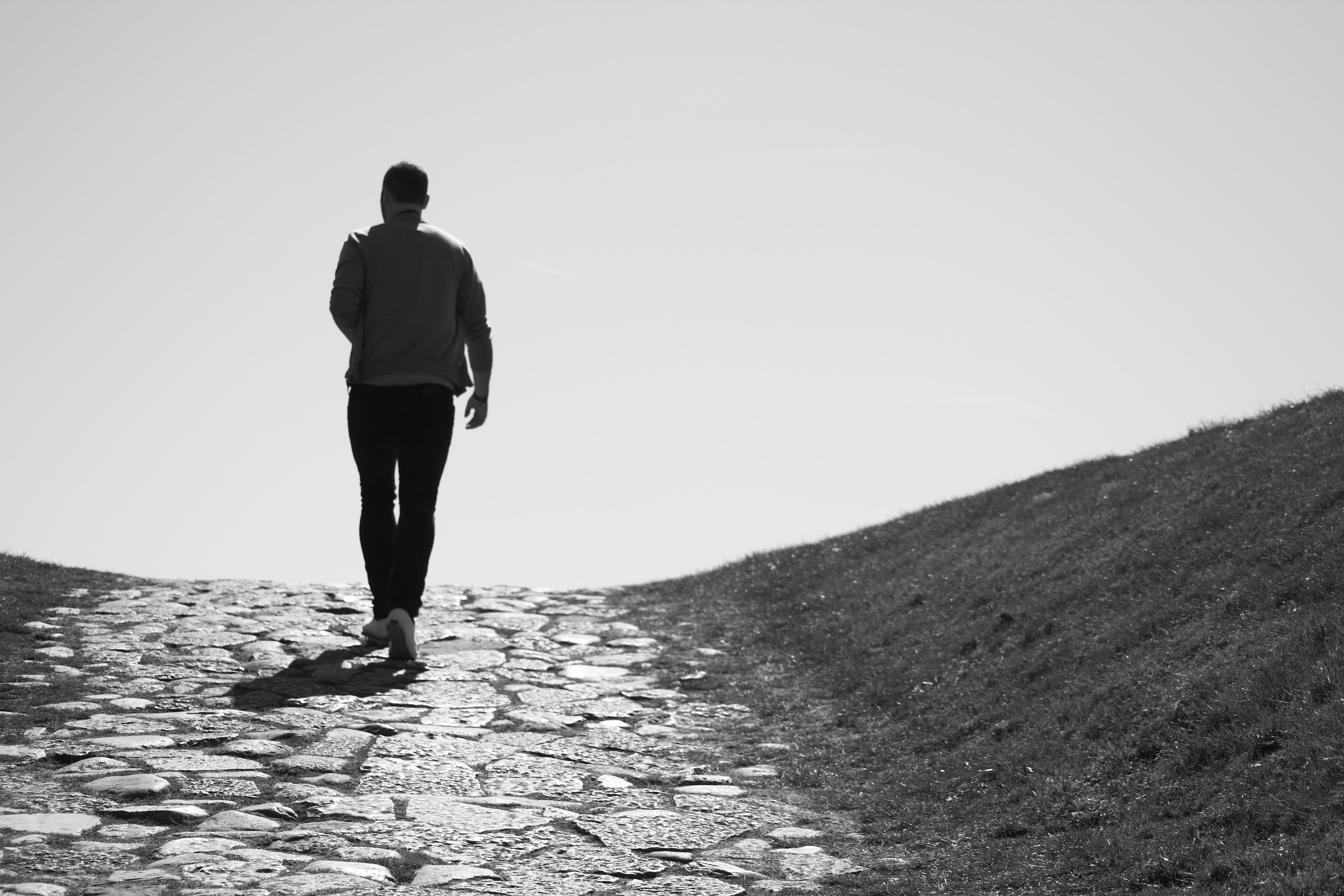Land of My Birth – At the end of the First World War (1918), the Zionist movement began to awaken in Damascus. The participants were Hebrew activists who had been expelled from Eretz Yisrael by the Turkish authorities. They established four Hebrew educational facilities in the Syrian capital: a kindergarten, a boys’ school led by the author Yehuda Burlow, a girls’ school led by Dr. Yosef Rivlin, and an orphanage for young survivors of the First World War. All the subjects were taught in Hebrew, the students sang Zionistic songs, and they performed plays in Hebrew. Great emphasis was placed on the study of Eretz Yisrael, its history, and its scenery. Here is what a student, Shoshana Luzia-Pesach, writes about her memories:
“Hebrew was the first language in which I studied. We had good teachers and they captured our hearts with stories about the land, about Aliyah, and about settlement. Such concepts as the ‘nation’ and the ‘homeland’ were never taught in the Alliance school (this was a veteran Jewish school). Before I began to study in the Hebrew school, I had only heard vague rumors about Eretz Yisrael.”
The young people began to use Hebrew as a language, and even the older people were influenced by this trend. The bond to Eretz Yisrael and to settlement of the land became even stronger when the Young Maccabi Movement was established. The goal of this organization was to enhance physical abilities and to teach the participants nationalism. The management of the Alliance school prohibited its students from joining Young Maccabi because they opposed Zionist education, so that only the students from the Hebrew schools joined the movement. The members were involved in sports, social activities, evening courses, and performing music in a band, in all cases maintaining their loyalty to the Hebrew language. They were taught to love Eretz Yisrael and they yearned to move to the land.
But it was only ten years later, in 5689 (1929), that the “Hechalutz” movement was established in Damascus, and this began to transform the dream of returning to Zion into a reality. Yaakov Saad was one of the young members, and here is how he described his feelings:
“After a long wait, we received a letter with the good news, that our move to the land had been approved… These were the happiest possible moments in the life of the movement… I had the good fortune to be included in the first group. We prepared secretly for our Aliyah. My parents realized what was going on and told me not to go. I was struck by internal and spiritual doubts. What should I do? My old parents needed my physical and economic help, but on the other hand, I was about to break new ground for the Jewish youth, to fulfill our goals in Eretz Yisrael, specifically by working on the land. The settlements of Kfar Giladi and Tel Chai were very enticing. This was the site of the heroic stand taken by the members of the ‘Shomer’ and by Trumpeldor and his colleagues. In the end, this is what took precedence, in favor of Aliyah.”
The Hechalutz Movement prepared the members for Aliyah. It helped them improve their Hebrew, it taught them about nature, it improved the social life and the feeling of mutual responsibility, it taught them the Zionist heritage, and it helped increase their physical stamina. The long hikes in the mountains helped them later on their long trek by foot on their way to Eretz Yisrael. After all, it was necessary to take very circuitous routes in order to escape the guards on the near side of the border and the British soldiers on the far side. Yaakov Saad wrote about the dangerous route on his trip to Eretz Yisrael:
“We wandered on the roads for an entire night with our Druze guides, who had accepted the task of helping us cross the border. The dangers of the route weighed heavily on our hearts: perhaps we would be caught and our mission would fail. Our eyes filled with tears of joy when our feet began to walk on red loam, and our guide told us we had arrived on Jewish land. We continued with our last remaining energy, and thus, as dawn came, we arrived in the courtyard of Kfar Giladi.”
(Source: Batya Benin, Rivka Amiad, Gila Shaked, editors, “Aliyah of Children to Eretz Yisrael: The Jews of Syria”)
Reprinted with permission from Zomet Institute (www.zomet.org.il).
The words of this author reflect his/her own opinions and do not necessarily represent the official position of the Orthodox Union.
